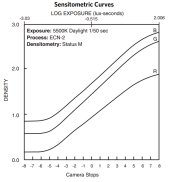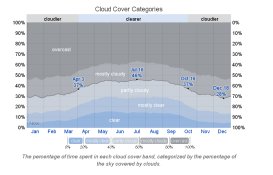Instead me I'm amateur only, I'm not able to tell you what you have to do, by far.
That being said, anyway let me point two things.
First in your location you have not much sun, your light is very different than in Mediterranean areas like where I'm, you usually should have a really, really flat illumination compared, at least most of the time.
Second many Pros use Matricial, which reads Latitude code from DX and takes smart decisions. With my F5 I don't need to worry, Nikon and and film manuffacturers teamed perfectly to ensure perfect shots with standard settings, it is when I shot manual at box speed when I had pitfalls, the Matricial 1005 RGB pixels meter of the F5 never failed a single shot, it knows when to overexpose better than me from its Neural Network.
Still, not knowing your metering way and style, and of course having nothing to teach you, sure you know that what's locally at -2 (see posts 40 and 41) is somewhat degradated, so probably you may have been avoiding that for important areas.
BTW this is the sky in Sligo:
View attachment 237403
0vercast half of the days, even when clear you have what in my location is dull illumination, you have a soft box in the sky !
Even digital may work nice there

Here if you leave the camera under sunlight later you cannot hold it because it burns your hands

____________________
Just pointing that in exposure YMMV, one may rate C-41 at box speed, but matricial mode of the Nikon F5 has the Latitude code from DX and it may overexpose (compared to average or incident) without photographer is even aware.
Also ponderated modes does it, if subject has a backlight, as center has more weight it exposes for the shadows, also overexposing compared to average.
So it's totally sterile comparing EI rates without saying the metering way. What we now is that C-41 is damaged in spot metered areas at -2 or -3, but not at +3.
If speaking in spot metering terms it's clear what we say, with other metering ways YMMV.





 , with light you can't.
, with light you can't.

